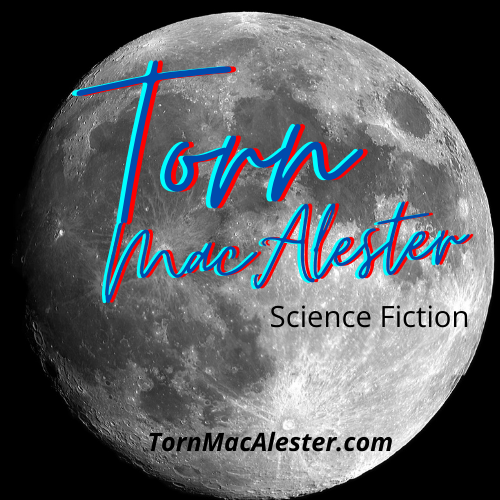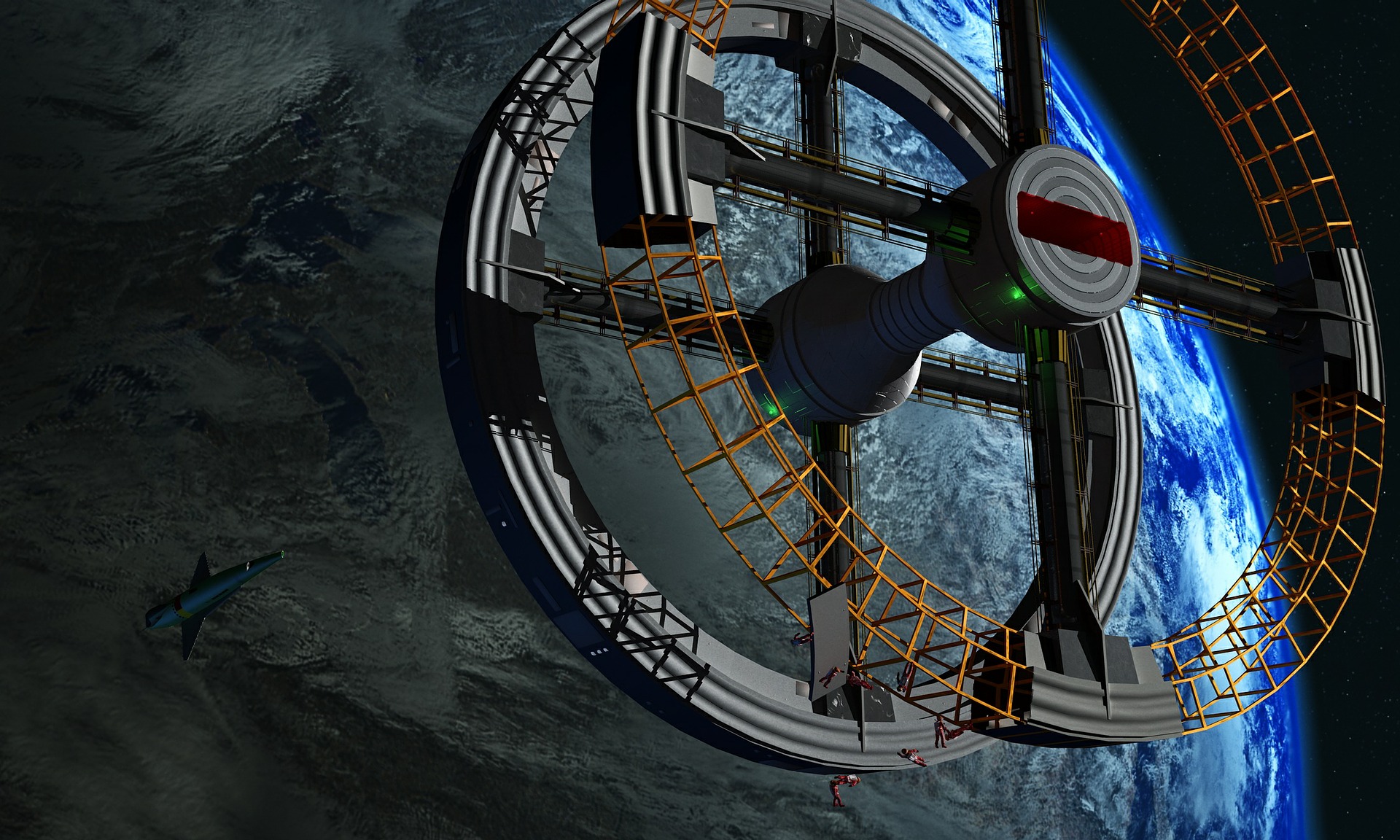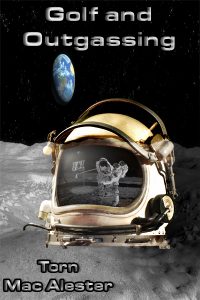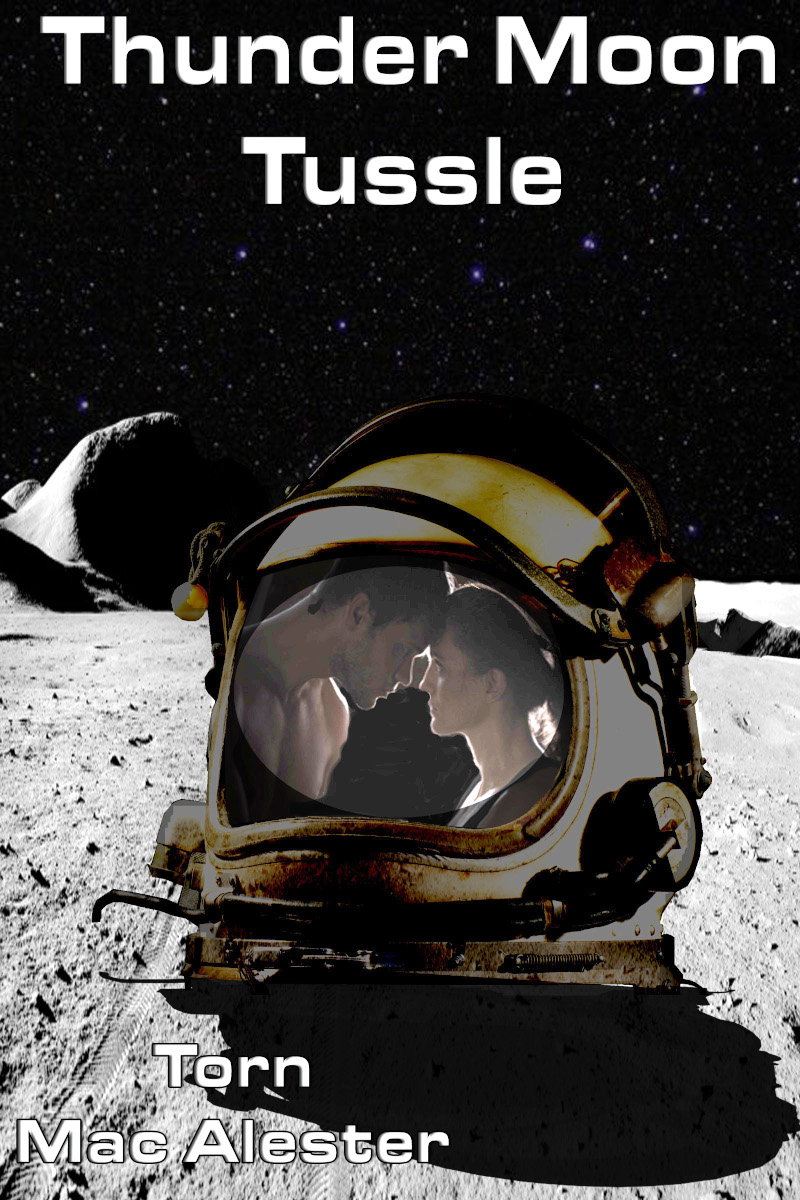
Feature
Here is my list of the best science fiction films. I tried to limit it to three films from each decade, starting from the 1950’s and continuing through 2019. Of the three, I chose a best and a runner up for the decade. I also create a category for honorable mention. I’ve tried to avoid letting space travel films dominate the list, though there are several that I could not ignore. I’ve gravitated toward films that have a good science theme. You will notice that some of the franchise favorites are left off the list. I did so deliberately since my favorite films of those franchises have weak science.
Each of these movies has a strong point and each has some flaws. Of the decades represented, I found a mixed bag of movies that either had bad science in them or none whatsoever. There are certainly better movies than the ones I selected, but they almost all fall into the mixed bag. As time goes on, I will provide reviews of these movies to explain why I think these are the best.
Here is the List:
1950s
- Forbidden Planet
- The Day the Earth Stood Still
- Them!
1960s
- 2001: A Space Odyssey
- Planet of the Apes
- Day of the Triffids
1970s
- Andromeda Strain
- Alien
- Soylent Green
1980s
- Blade Runner
- Cocoon
- Abyss
1990’s
- GATACA
- The Puppet Masters
- The Matrix
2000’s
- Pitch Black
- The Man from Earth
- Pandorum
2010’s
- The Martian
- Ex Machina
- Coherence

This week’s discord chat
Week of Dec 25 2022 [25th at 1 PM EDT (6 PM GMT), 28th at 9 PM EDT (29th 2AM GMT)]
- Torn’s take on the best films of Science Fiction
Realistic Large Scale Space Construction
To date, the largest structure built in space is the International Space Station (ISS). ISS took over a decade to build and required over a decade to assemble.
https://en.wikipedia.org/wiki/International_Space_Station
https://www.nasa.gov/mission_pages/station/main/index.html
The follow-on space stations that are expected to be built in the coming decade are all smaller but are expected to be commercial outposts.
https://www.space.com/nasa-commercial-space-station-rely-on-market-demand
But the really big space stations that could have there own spin gravity remain on the far horizon. Two examples are the Stanford Torus Space Settlement, and the O’Neill Cylinder.
In a recent discussion, Anton Petrov reveals a study on the construction of an O’Neill cylinder. His video is available below.
Space Habitat with Spin Gravity
This Week’s Short Fiction by Torn MacAlester
This week, I offer a return to the Moon story: Golf and Outgassing.

For those of you interested, I include an article that peels back the fiction and discusses the science behind the story: Science of Golf and Outgassing
Big News in Science
The Hunga-Tonga volcanic eruption of last January continues to provide a wealth of new science. Volcanos continue to surprise us. And this eruption is no exception. In the article below, the authors explain how the eruption effected Earth’s ionosphere more than many solar storms.
Extrasolar Planets
Methods for finding exoplanets:
https://www.planetary.org/worlds/exoplanets
This helps determine the fraction of stars having planets and the number of planets per star for the Drake Equation.
Using spectra to determine composition and chemistry of atmosphere:
https://www.pnas.org/doi/10.1073/pnas.1304208111
This relates to fraction of worlds having life from the Drake Equation.
